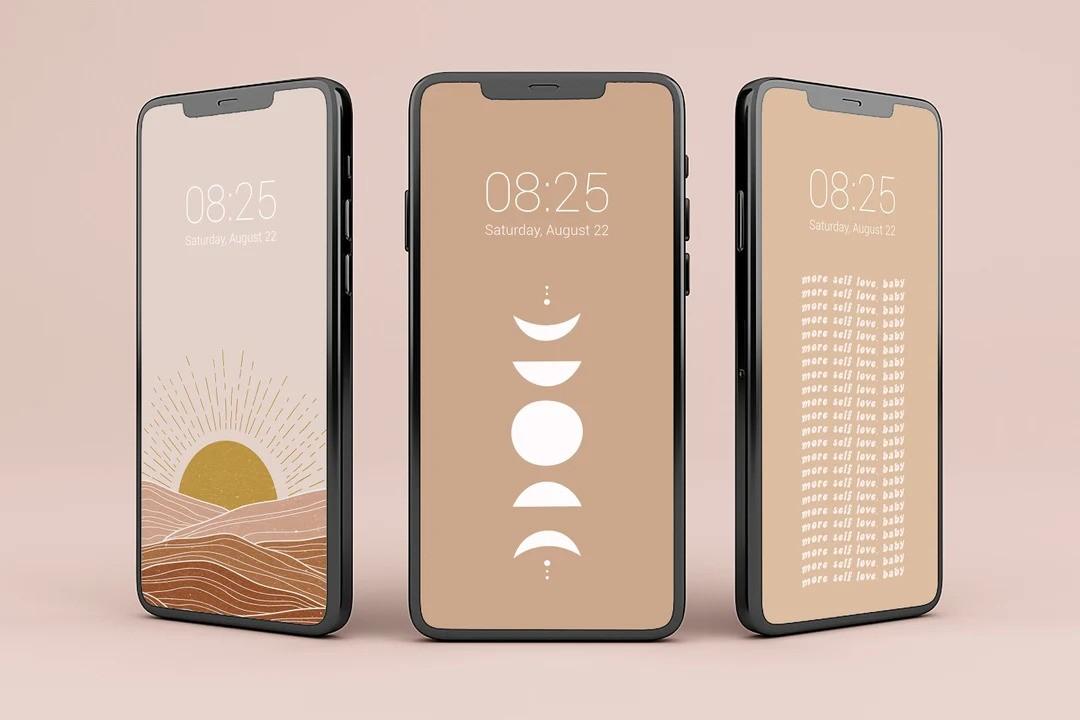Phone Wallpapers: The Art of Personalizing Your Digital Space

In the modern era, our phones are more than just tools — they are personal extensions of our style, interests, and identity. One of the simplest yet most impactful ways to express individuality is through the phone wallpaper we choose. Phone wallpapers are no longer just static backgrounds; they are small digital canvases that combine art, photography, and design to bring personality to the palm of your hand.
1. The Evolution of Phone Wallpapers
When mobile phones first appeared, customization options were minimal. Wallpapers were often pixelated, pre-loaded images with limited color depth. As technology advanced, higher-resolution screens, AMOLED displays, and OLED panels transformed wallpapers into vibrant, crystal-clear visuals. The evolution can be broken down into phases:
-
Early 2000s: Simple pixel art and preset patterns.
-
Mid-2000s: Customizable images via Bluetooth or memory cards.
-
2010s: HD wallpapers and the introduction of live backgrounds.
-
Present Day: 4K, dynamic, and AI-generated wallpapers with endless customization possibilities.
2. Types of Phone Wallpapers
The variety of wallpapers today is vast, catering to every aesthetic preference.
-
Static Wallpapers: High-resolution images that remain unchanged, from nature photography to minimalistic designs.
-
Live Wallpapers: Animated backgrounds that respond to touch or time changes.
-
Dynamic Wallpapers: Wallpapers that shift with your device’s movement, often seen in iOS and Android’s motion effects.
-
Parallax Wallpapers: 3D-like images that create a sense of depth when you tilt your phone.
-
Theme-Based Wallpapers: Matching wallpapers designed to complement an overall phone theme or icon pack.
3. Choosing the Perfect Wallpaper
The ideal wallpaper blends beauty with functionality. While it should be visually appealing, it also needs to keep app icons legible and avoid cluttering the home screen.
Tips for Choosing a Wallpaper:
-
Resolution Match: Use an image that matches your phone’s display resolution to avoid blurriness.
-
Color Harmony: Pick colors that complement your icons and widgets.
-
Minimalism for Clarity: Avoid overly detailed wallpapers that make navigation harder.
-
Personal Connection: Choose images that reflect your mood, hobbies, or memories.
4. Sources for Phone Wallpapers
There are countless resources for finding unique wallpapers:
-
Dedicated Wallpaper Apps: Zedge, Backdrops, Walli, Resplash.
-
Photography Platforms: Unsplash, Pexels, Pixabay for free high-quality images.
-
Design Communities: Pinterest, DeviantArt, Behance for artistic creations.
-
Custom Creations: Graphic design tools like Canva or Photoshop for DIY designs.
5. The Psychology Behind Wallpapers
Wallpapers can influence mood and productivity. A serene landscape might reduce stress, while a bold, vibrant design could energize you. Many people change their wallpapers seasonally, using them as a form of digital mood board.
6. Future of Phone Wallpapers
With the rise of AI and augmented reality, the next wave of wallpapers will be even more interactive:
-
AI-Generated Art tailored to user preferences.
-
Real-Time Dynamic Wallpapers showing weather, location-based imagery, or live data.
-
AR Wallpapers blending physical surroundings with digital overlays.
Conclusion
Phone wallpapers are more than just pretty pictures — they’re a subtle but powerful way to showcase personality, boost mood, and create a unique mobile experience. Whether you prefer minimalist patterns, breathtaking photography, or interactive visuals, the right wallpaper transforms your phone into a personalized piece of digital art.
- Art
- Causes
- Crafts
- Dance
- Drinks
- Film
- Fitness
- Food
- Jeux
- Gardening
- Health
- Domicile
- Literature
- Music
- Networking
- Autre
- Party
- Religion
- Shopping
- Sports
- Theater
- Wellness



